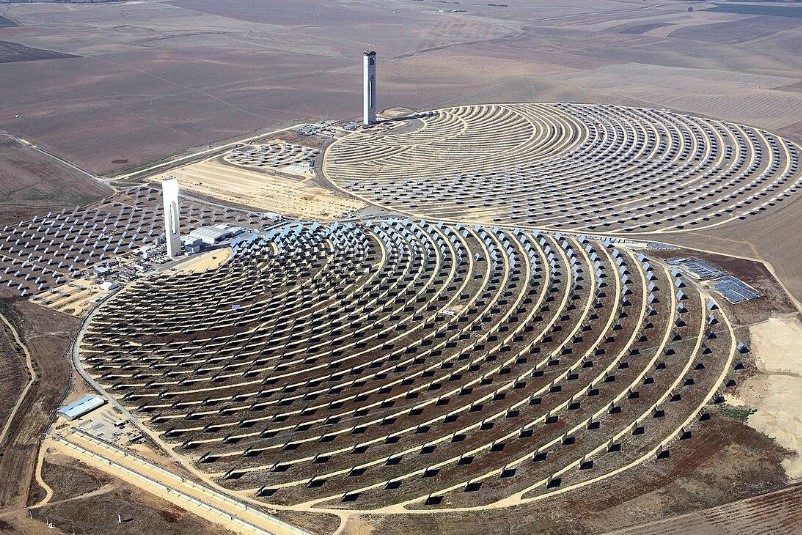The installed capacity of renewable energy in Spain reached a new all-time high this year, almost double the capacity of non-renewable energy for the first time.
Despite this growth, however, electricity generation has not increased proportionally; according to a report by the Sella Forum’s Renewable Energy Observatory, prepared by Opina 360 based on preliminary data from Red Eléctrica, it remained virtually unchanged from the previous year.
At the end of the first quarter of 2025, renewable energy capacity amounted to 86,747 megawatts (MW), representing 66.5% of Spain’s total generation fleet, compared to 43,778 MW from non-renewable sources. Quarterly growth was 1,469 MW, with photovoltaics leading the way with 1,283 MW (+3.9%), reaching a total of 33,757 MW. Wind power recorded an increase of 0.6% (189 MW).
Last year, the share of renewable energy grew by 10.1%, with an additional 7,931 MW, the highest growth rate on record. Five out of six newly installed MW came from solar energy, representing an increase of 24.5%. At the same time, the share of fossil fuels fell by 95 MW due to the closure of combined heat and power plants.
“The feed-in rate of renewable energy was at its highest to date, but the recent blackout on April 28 raised questions about the stability of the system, which could negatively impact future investments,” warned Juan Francisco Caro, director of Opina 360, in a statement.
Engines of the “Green Transition”
80% of the newly installed green megawatts in the first quarter were concentrated in the regions of Castile and León (536 MW), Castile-La Mancha (344 MW), and Andalusia (316 MW). Year-on-year, Andalusia recorded the largest growth (2,373 MW), followed by Castile and León (1,790 MW) and Extremadura (1,397 MW). These regions now account for 62% of the country’s total renewable energy production.
The regions with the highest share of green energy in their total production were Castile and León (94.4%), Galicia (89.2%), Cantabria (87.8%), and Aragon (85.7%). In contrast, the share in the Canary Islands, Catalonia, and the Balearic Islands was below 20%.
Stagnation in wind and hydropower
Despite the capacity expansion, renewable energy production remained virtually unchanged, increasing by only 0.1% year-on-year to 39,692 GWh. The 4% decline in wind power production and the 3% decline in hydropower offset the increase in photovoltaics, which grew by 13.1% to reach a record high for the first quarter at 8,613 GWh.
In contrast, non-renewable generation increased by 10% year-on-year, driven by significant increases in nuclear power (up 12.3%) and combined cycle power plants (up 15.3%), as well as a moderate 23.2% increase in coal production. Combined heat and power generation continued its negative trend with a decline of 6.8%.
Lower share in the mix
Renewable energy generated 57% of electricity in the quarter, two percentage points lower than the previous year. Its share of national demand fell to 61%. Some regions, such as Galicia (-11.3%) and the Valencian Community (-10.4%), recorded sharp declines, while others, such as Cantabria (+29.2%) and La Rioja (+27.5%), recorded significant increases.
The report also highlights that eleven regions broke their record for photovoltaic generation in the first quarter, with Andalusia (2,300 GWh) and Extremadura (2,120 GWh) leading the way. Galicia and Castile and León dominated hydropower generation, each with nearly 3,400 GWh.




